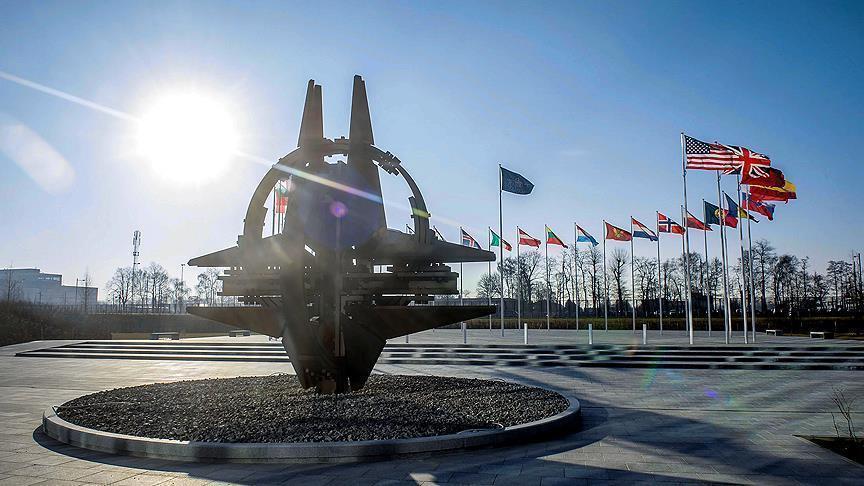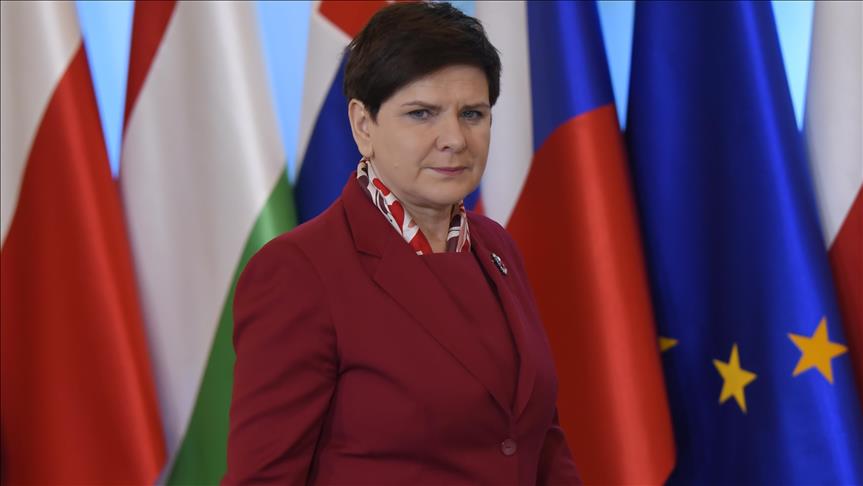
Under the NATO’s Readiness Initiative, all the 29 member states are preparing themselves for possible threats coming from Russia.
On June 7, 2018, the allies agreed a NATO Readiness Initiative, in which allies have committed, by 2020, to having 30 battalions; 30 air squadrons; and 30 naval combat vessels that will be ready to use within 30 days.
The NATO Readiness Initiative aims to enhance the readiness of existing national forces, and their ability to move within Europe and across the Atlantic — in response to a more unpredictable security environment, the organization said.
This is not about new forces but about increasing the readiness of forces that the allies already have — forces that could be made available for collective defense and crisis response operations, it added.
“We have decided further steps to strengthen our shared security and boost defense and deterrence against threats from any direction,” NATO Secretary-General Jens Stoltenberg told reporters during Defense Ministers Meeting on June 7.
The Brussels Summit that was held on July 11-12 focused on strengthening deterrence and defense, counter-terrorism and stability, strengthening cooperation with the EU, modernization of NATO, sharing of responsibility and common values, and the transatlantic union.
“Russia’s aggressive actions, including the threat and use of force to attain political goals, challenge the Alliance and are undermining Euro-Atlantic security and the rules-based international order,” the Brussels Summit Declaration read.
Over the past few years, the Alliance has tripled the size of the NATO Response Force to around 40,000 troops, with a new 5,000-strong Spearhead Force at its core.
NATO has also deployed four multinational battlegroups to the Baltic States and Poland, increasing its presence in the Black Sea region, and set up a number of small headquarters to link national and NATO forces.
[adrotate banner=”55″]


